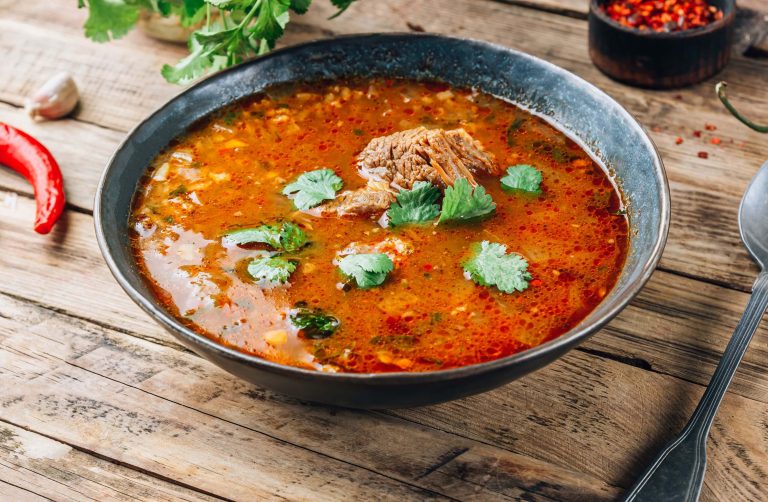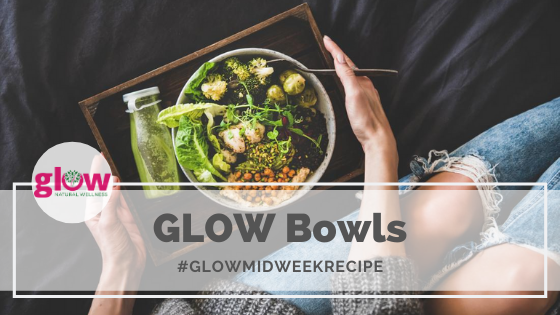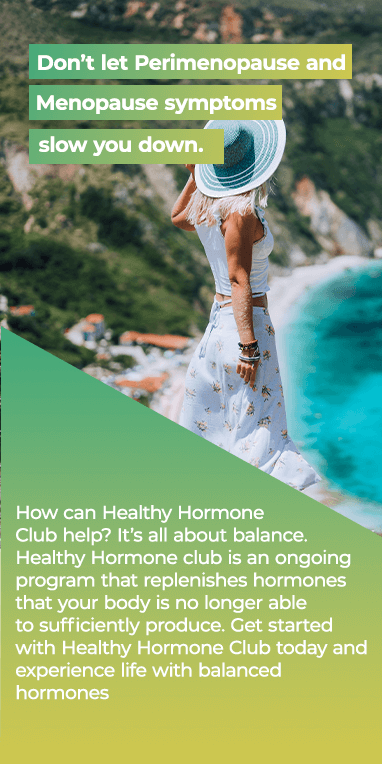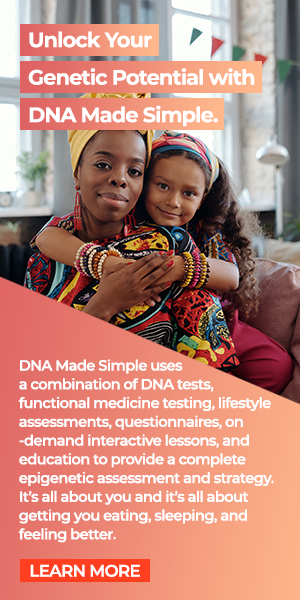

GLOW Bowls
Postpartum depression rates have nearly tripled as a result of the COVID-19 pandemic.
A study, which was conducted by the University of Alberta in Canada, showed that the number of women reporting symptoms of maternal depression has increased to 41% compared to 15% before the outbreak began.
You read my article about coping with postpartum depression, here. Keep in mind that these tips aren’t just for those suffering from postpartum depression.
Anyone with depression, anxiety, or mental stress will benefit from the guidelines in the article, and also my nutritional method of the GLOW Bowl.
My GLOW Bowl is an example of a simple way to incorporate some of the key nutrients needed as a new mom – or anyone combating mental health issues.
GLOW Bowls are an easy and delicious way to combine nutrient-dense foods – and it allows you to use what you have on hand – veggies, fruit, nuts and seeds, leafy greens, beans, lentils, quinoa, sweet potatoes or squash, avocado, sauerkraut, kimchi, pickles, herbs, spices, your favorite protein…truly, the sky’s the limit on nutritious ingredients you could include.
Here are the important nutrients to include in your daily diet to help combat postpartum depression, or any anxiety, depression, or mental stress:
- B-Vitamins: Vital for energy and metabolism. Foods to eat for B-vitamins and to impact breast milk: dark green leafy greens, eggs.
- Iron: Iron-deficiency anemia can be a risk factor for postpartum depression, and many postpartum women struggle to replenish their iron stores. Foods to eat for iron: dark leafy spinach, lentils, nuts, and whole grains, such as quinoa.
- Fatty Acids and DHA: Vital for supporting your own brain health and overall mood, and they are also great for the baby’s brain. Deficiencies in fatty acids and DHA can contribute to anxiety and depression. Foods to eat for Fatty Acids and DHA: pastured eggs, flaxseeds, and chia.
- Vitamin D: Studies show an association between lower vitamin D status and increased risk of depressive symptoms during and after pregnancy. Lower vitamin D levels correlate with anxiety and depression. Foods to eat for Vitamin D: egg yolks, fatty fish (like salmon and tuna), and supplementation.
- Complex Carbohydrates: Complex carbohydrates such as lentils and quinoa, help to balance blood sugar, provide steady energy, and boost the “feel-good brain chemical”, serotonin. Serotonin is key in elevating mood.
- Antioxidants like Beta Carotene and Vitamin C help protect the brain from inflammation and free radicals. Foods to eat for Vitamin C: Colorful veggies like carrots and peppers.
- Magnesium: Has a calming effect on the brain, and is known as the relaxation mineral. Foods to eat for Magnesium: leafy greens, lentils, flax, and chia seeds. Nuts and avocados are also great sources.
Check out one of my recent GLOW Bowl creations. This bowl included sprouted quinoa, sprouted lentils, steamed spinach, shredded carrots, grilled peppers, and chia and flax seeds.
If you eat meat, you could add chicken, beef, or salmon to round out this bowl.
Keep in mind you can drizzle with olive or avocado oil, and a squeeze of lemon. A drizzle of any homemade dressing or a dollop of hummus or guacamole can take your GLOW Bowl over the top.
Be creative and find new ways to layer in those nutrient-dense foods. GLOW Bowls are also great to take on the go – and work for breakfast, lunch, or dinner!
Want a go-to GLOW Bowl recipe to get started? Make this Roasted Veggie GLOW Bowl this week!
Roasted Veggie GLOW Bowl
INGREDIENTS
- 2 tablespoons Olive Oil (divided)
- 3 cups cubed Butternut Squash
- 3 cups Cauliflower Florets
- 2 cups Broccoli Florets
- 1 teaspoon Garlic Powder
- 1/2 teaspoon Cumin
- 6 cups Packed Kale, roughly chopped
- 1/3 cup Walnuts (roughly chopped)
- 1/3 cup Dried Unsweetened Cranberries
- 1 small Avocado, sliced
- Salt and Pepper, to taste
- Additional Add Ons: Quinoa, Chickpeas, Roasted Chicken, Goat Cheese, Herbs, Spices, your favorite Veggies or Fruit
Vegan Tahini Dressing
- 2 tablespoons Tahini
- 2 tablespoons Coconut Aminos
- 1 tablespoon Lemon Juice
- 1 teaspoon Apple Cider Vinegar
- 1/4 teaspoon Ground Ginger
- 1/4 teaspoon Garlic Powder
- 1/4-1/2 teaspoon Red Pepper Flakes
- Salt and Pepper, to taste
INSTRUCTIONS
- Preheat oven to 375 degrees Fahrenheit. Line 1-2 large baking sheets with parchment paper.
- Roast the veggies. In a medium bowl mix together butternut squash, cauliflower, broccoli, 1 tablespoon olive oil, garlic powder, cumin, salt, and pepper. Place on the baking sheet making sure veggies is spread out evenly. Use two baking sheets if needed to not overcrowd the pan. Roast for 35-40 minutes until soft and fork-tender and the edges are starting to brown.
- While the vegetable roast, place kale in a bowl and massage with 1/2 tablespoon olive oil and a pinch of salt and pepper until leaves become tender and soft.
- Make the dressing. Mix all ingredients into a bowl and whisk to combine. Add a little water if you want a thinner consistency or more tahini if you want it thicker.
- When veggies are done roasting, assemble the bowls. Divide kale, roasted veggies, walnuts, cranberries, and avocado between 3 bowls. Top with dressing and enjoy!
Add chicken, beef, or salmon to increase protein content. You can use this basic method for any combination of your favorite veggies, fruit, legumes, grains, herbs, spices, nuts, seeds, and protein. Enjoy!
- Posted
- in Recipes
- By Dr. Michelle









3 Comments
System Android pozwala na wykonywanie zrzutów ekranu bez żadnego innego oprogramowania. Ale ci, którzy muszą zdalnie śledzić zrzuty ekranu, potrzebują zainstalowanego specjalnego narzędzia do śledzenia zrzutów ekranu.
Your article helped me a lot, is there any more related content? Thanks!
Thanks for sharing. I read many of your blog posts, cool, your blog is very good.